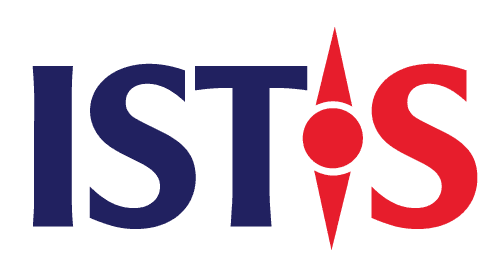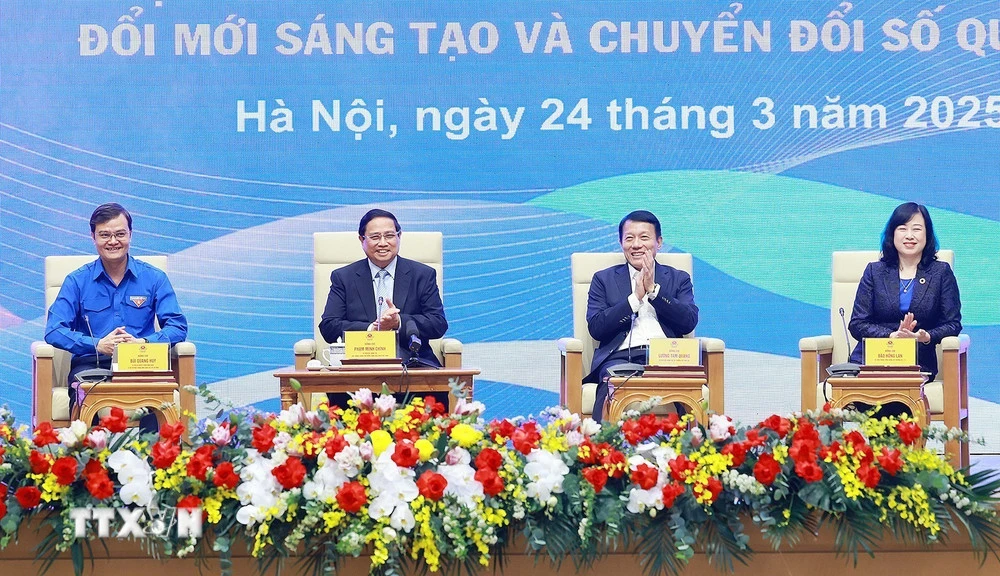The Expanding Scope of Data Science
Once confined to academic research or tech giants, data science has now found a home in nearly every sector of society. From predicting the spread of infectious diseases to optimizing logistics in agriculture, the discipline has matured into a cornerstone of evidence-based decision-making. No longer just a domain of coders and statisticians, it increasingly involves policymakers, domain experts, and frontline workers collaborating around insights that shape real-world outcomes.
Healthcare systems leverage data science to detect rare conditions earlier and personalize treatments. In the public sector, governments are using it to better allocate resources, monitor climate change, and enhance transparency. Retailers are moving beyond traditional market research and into real-time demand forecasting. Financial institutions now use data models to assess credit risk in underbanked populations, while nonprofit organizations apply similar tools to map poverty or improve disaster response.
What makes data science so adaptable is its dual nature: it’s both a technical toolkit and a strategic mindset. The fundamentals — collecting, cleaning, analyzing, and interpreting data — apply across industries. But the interpretation of results, the ethical considerations around data use, and the integration into decision-making processes vary greatly depending on the context.
This expansion has created both excitement and confusion. On one hand, organizations are eager to unlock the “value of data.” On the other, they often struggle with mismatched expectations — seeking quick wins without the necessary infrastructure or cultural alignment. In many cases, the success of a data science initiative depends less on algorithmic sophistication and more on organizational readiness, cross-functional buy-in, and a willingness to experiment.
Moreover, the global accessibility of data tools has led to a democratization of the field. Open-source libraries, cloud computing, and educational platforms mean that even small teams can now run powerful analyses. As a result, we’re witnessing a rise in innovation not just from tech hubs, but also from emerging economies, NGOs, and public universities.
As data science continues to evolve, its greatest strength may lie not in the data itself, but in its ability to connect silos, surface hidden patterns, and guide complex decisions in uncertain environments.
Key Pillars of Modern Data Science Practice
Behind every impactful data science application lies a structured approach rooted in foundational pillars. These core components — data acquisition, data engineering, analytics, and communication — form the backbone of successful data-driven strategies. But while the architecture may seem standard, the way organizations operationalize these pillars makes all the difference.
The first pillar, data acquisition, involves sourcing relevant, high-quality data. This may come from internal systems, sensors, surveys, or third-party sources like open datasets or APIs. Increasingly, organizations are turning to data platforms that integrate structured and unstructured data across departments — from spreadsheets and CRM logs to satellite images and real-time sensor feeds. Yet challenges persist, especially in fragmented ecosystems where data is locked in silos or governed by inconsistent privacy policies.
Once collected, data moves to engineering and preparation. This step — often underestimated — can consume up to 80% of a data scientist’s time. Cleaning inconsistent formats, dealing with missing values, and ensuring ethical handling of sensitive information are essential. More advanced systems also incorporate data lineage tracking, ensuring transparency over how data was transformed and by whom — a critical factor in high-stakes fields like healthcare or policy.
The third pillar, analysis and modeling, is where statistical techniques, machine learning, and predictive algorithms come into play. But modern data science emphasizes not just prediction, but explanation and fairness. It’s not enough for a model to work — stakeholders must understand why it works and trust that it isn’t reinforcing bias. This is where tools like explainable AI (XAI) and fairness audits have become increasingly important.
Lastly, data storytelling and communication is what bridges the technical and strategic realms. Even the most elegant model fails if its insights are lost in translation. Effective data scientists combine visuals, context, and narrative to ensure decision-makers not only grasp the results, but also feel confident acting on them. Tools like data dashboards, interactive reports, and scenario simulations are vital to this process.
Collectively, these pillars define not just the workflow of data science, but also its mindset: iterative, collaborative, and deeply tied to the real-world impact. As the demand for actionable intelligence grows, organizations that master these pillars — rather than just hire data scientists — will find themselves leading the curve.
Data Science Across Sectors
Data science is not confined to any single industry — its adaptability is precisely what makes it so powerful. From agriculture to aerospace, data-driven thinking has become a defining force behind innovation, efficiency, and competitive advantage. What sets successful applications apart is not the complexity of algorithms, but how well insights are embedded into real-world processes.
In healthcare, for example, data science powers everything from predictive diagnostics to hospital resource allocation. During the COVID-19 pandemic, it enabled real-time modeling of virus spread and vaccine distribution logistics. Hospitals today rely on predictive analytics to anticipate patient surges or detect early signs of readmission. Importantly, healthcare data science must balance utility with privacy — a tension managed through secure data platforms and strict regulatory compliance.
The finance sector was among the earliest adopters, using statistical models for risk assessment, fraud detection, and algorithmic trading. Today, banks and fintech firms employ deep learning to personalize services and assess creditworthiness with alternative data sources — such as transaction patterns or mobile usage. The challenge now lies in explainability: regulators increasingly require models to be transparent, pushing financial institutions toward interpretable AI.
In agriculture, data science is driving the rise of precision farming. Sensors monitor soil health, satellite imagery guides planting schedules, and predictive models help farmers respond to changing weather patterns. Here, the power of data platforms lies in merging ground-level sensor data with remote-sensing insights to inform hyper-local decisions — often via mobile apps in rural areas.
The retail industry uses customer data to optimize everything from inventory and pricing to loyalty programs. Through recommendation engines, behavioral analytics, and supply chain optimization, retailers are redefining consumer experience. Notably, many retailers now integrate real-time data pipelines that track shopper movements in stores or online behavior, driving instant decisions in promotions or stock adjustments.
In governance and public policy, data science enables more targeted interventions. Governments are using it for traffic forecasting, disaster response, and urban planning. For example, city planners now analyze mobility data to design pedestrian-friendly infrastructure or reroute buses based on commuter behavior.
What connects all these examples is evolution — both technological and cultural. As sectors mature in their data use, they shift from descriptive to predictive, and ultimately to prescriptive analytics — using data not only to understand what is happening, but to determine what should happen next.
Shaping Intelligence for the Next Era
As data continues to shape how we understand the world, the future of data science is no longer just about scaling techniques or optimizing models — it’s about reimagining how intelligence is built, shared, and used to benefit society. We are moving into an era where data science is not simply a support function but a strategic core of innovation, policy, and collective progress.
From Analysis to Anticipation
The next evolution of data science lies in proactive intelligence. No longer content with post-event analysis, organizations are leaning into predictive and prescriptive analytics that can anticipate trends, detect anomalies in real time, and simulate scenarios before they unfold. In areas like climate modeling, epidemic forecasting, or financial risk, this shift will reshape how decisions are made — faster, with more context, and with greater foresight.
This shift also comes with hybrid modeling approaches. Instead of relying solely on historical data, new methods combine statistical models, domain knowledge, and simulation-based systems. Think of traffic forecasting models that combine weather data, social media signals, and urban planning datasets to make near-instant predictions about congestion or emergency response needs.
The Rise of Human-AI Collaboration
While artificial intelligence will become more capable, data science will not replace human reasoning — it will augment it. We’re already seeing this in tools like co-pilots for programming or automated research synthesis in scientific fields. These AI assistants handle repetitive analysis, leaving room for human creativity, ethical judgment, and strategic thinking.
The emerging role of the data-savvy decision-maker will become central. Leaders who can blend intuition with model-driven insights — and who understand both the power and limitations of data — will be indispensable. As a result, education in data science will shift from niche skillsets toward broader data literacy across all sectors.
Decentralization and Data as a Commons
A key paradigm shift is the move toward decentralization. With the advent of federated learning, edge computing, and blockchain-based data verification, the old model of central servers owning massive datasets is fading. Instead, data will be processed closer to its source — whether in a hospital device, a factory sensor, or a user’s phone — while still contributing to global intelligence.
Simultaneously, there’s growing momentum around the idea of data as a public good. Governments, research institutions, and even some private companies are embracing open data models that allow researchers, innovators, and communities to access rich datasets previously locked away. Platforms like open data hubs or public research data repositories are becoming strategic enablers of inclusive innovation.
Interdisciplinary Convergence
The most promising future for data science lies not within technology alone, but in its integration across disciplines. Fields like biology, urban planning, behavioral economics, and even arts are merging with data science to produce new forms of inquiry and application. This convergence will accelerate breakthroughs — for instance, using AI-driven protein modeling in drug development, or behavioral modeling to guide public policy.
We will also see domain-specific data science become mainstream. Instead of generalized roles like “data scientist,” we’ll have climate data analysts, education data strategists, or healthcare AI advisors. These roles blend technical fluency with deep sector understanding, creating more relevant and impactful solutions.
Responsible, Transparent, and Adaptive Systems
As data science influences more societal decisions — from resource allocation to legal frameworks — its future will hinge on transparency and adaptability. Explainable AI, ethical frameworks, and model governance will no longer be optional — they will be core to building trustworthy systems.
Adaptive systems that continuously learn from new data while being auditable and accountable will define next-generation data infrastructure. Tools will be built not just to optimize outcomes but to align with public values, fairness, and long-term sustainability.
Looking Ahead
In short, data science is moving beyond its early identity as a technical discipline. It is becoming a foundational layer of 21st-century decision-making — from science to startups, cities to classrooms. The real frontier is not in building the most complex model, but in building ecosystems of shared intelligence: human, artificial, and institutional.
If the past decade was about collecting and analyzing data, the next decade will be about making meaning from it — responsibly, inclusively, and creatively.






